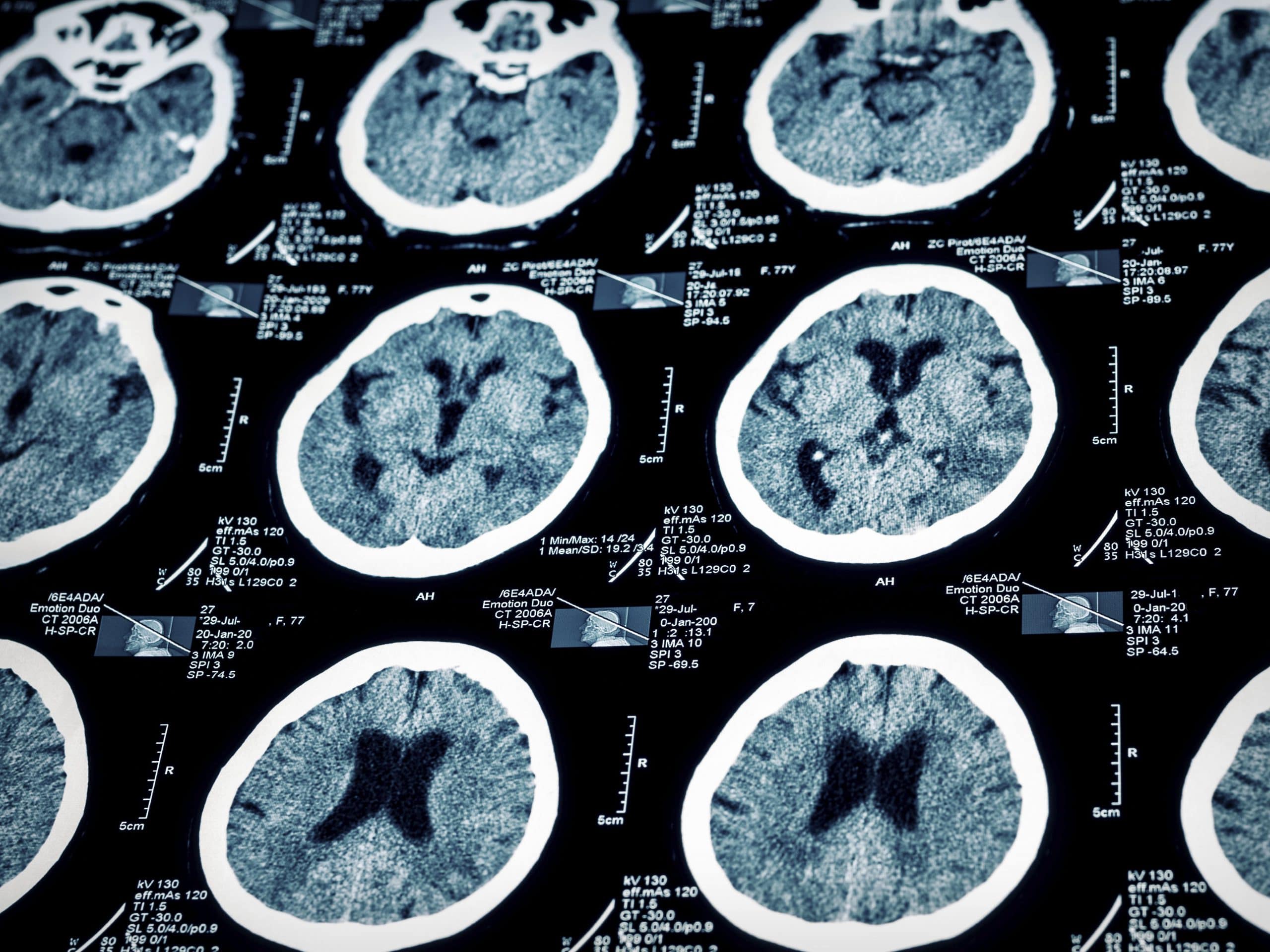A Look at Traumatic Brain Injury (TBI)
Traumatic brain injury (TBI) is the result of an external force causing sudden movement and/or impact to the skull. The United States Centers for Disease Control and Prevention (CDC) estimates that 1.5 million people in the US suffer a brain injury each year. Traumatic brain injuries are very different than any other injury because our brain stores all of our memories, controls our movements and shapes our personality; the brain is truly the essence of who we are. Interactive Metronome ® (IM) can help TBI sufferers by working to physiologically change the functional brain networks that control rhythm and timing. IM offers a viable, cost-effective and drug free treatment for mild to moderate TBI. Now, individuals can restore function to the brain’s temporal processing network, not simply rehabilitate and adapt to deficits.




 These alternative treatments — electrotherapy stimulation, low-energy neurofeedback, working memory training, and interactive metronome — can help attention deficit adults and children manage ADHD symptoms without medication.
These alternative treatments — electrotherapy stimulation, low-energy neurofeedback, working memory training, and interactive metronome — can help attention deficit adults and children manage ADHD symptoms without medication. There has been more than one occasion when behavioral issues really impact the outcome of our IM sessions and the changes that can take place. Sometimes honestly the kids just aren’t interested in what you want them to do, and they want to do it their own way. Sometimes there are behavioral issues that have become intertwined in their environment, and they need a fresh start. This can definitely have an impact on the effectiveness of your IM sessions, and what progress you see both in the clinic, and in their other environments.
There has been more than one occasion when behavioral issues really impact the outcome of our IM sessions and the changes that can take place. Sometimes honestly the kids just aren’t interested in what you want them to do, and they want to do it their own way. Sometimes there are behavioral issues that have become intertwined in their environment, and they need a fresh start. This can definitely have an impact on the effectiveness of your IM sessions, and what progress you see both in the clinic, and in their other environments. IM is now used by therapists at TIRR Memorial Hermann Rehab Hospital, named one of America’s Top 10 Rehab Hospitals. You may recall TIRR in the news recently as the hospital that treated Rep. Gabrielle Giffords after her traumatic brain injury. We are pleased that therapists at TIRR have chosen to add IM to their treatment tools as they lead the way in advanced rehabilitation.
IM is now used by therapists at TIRR Memorial Hermann Rehab Hospital, named one of America’s Top 10 Rehab Hospitals. You may recall TIRR in the news recently as the hospital that treated Rep. Gabrielle Giffords after her traumatic brain injury. We are pleased that therapists at TIRR have chosen to add IM to their treatment tools as they lead the way in advanced rehabilitation.